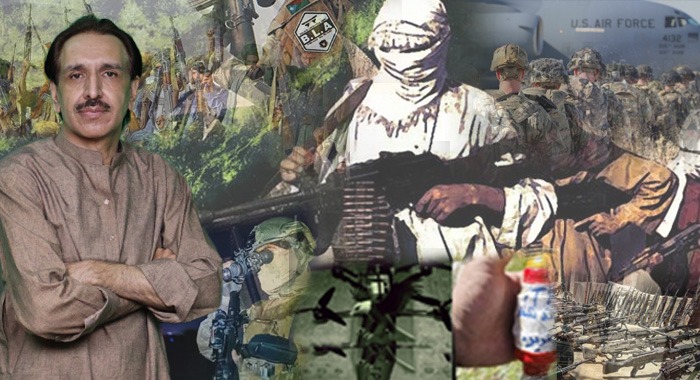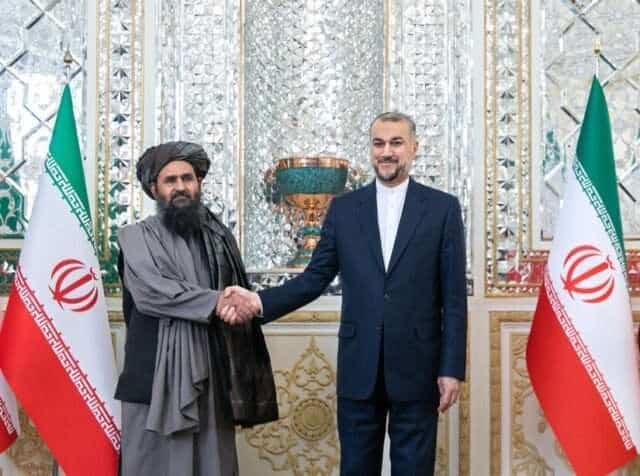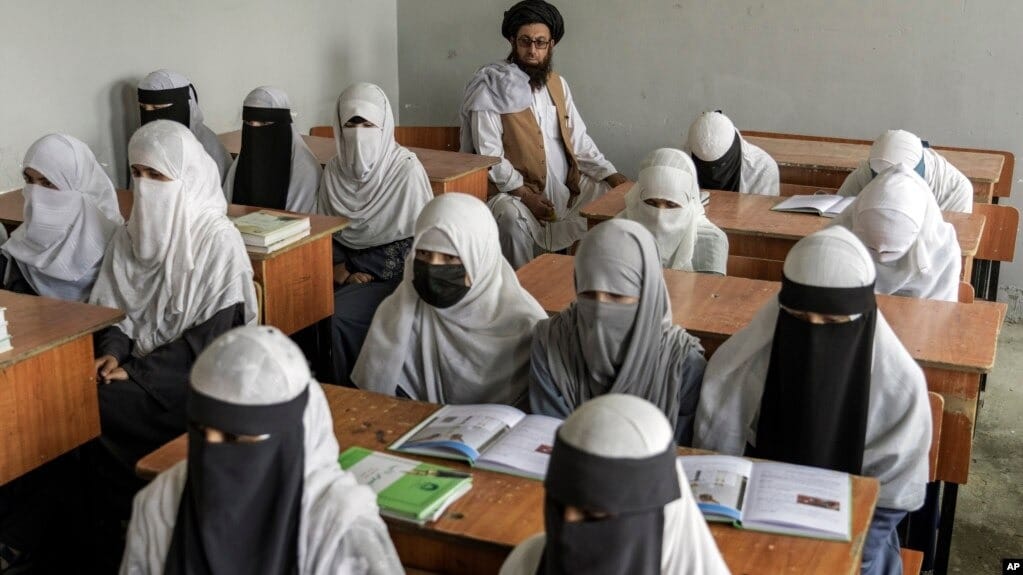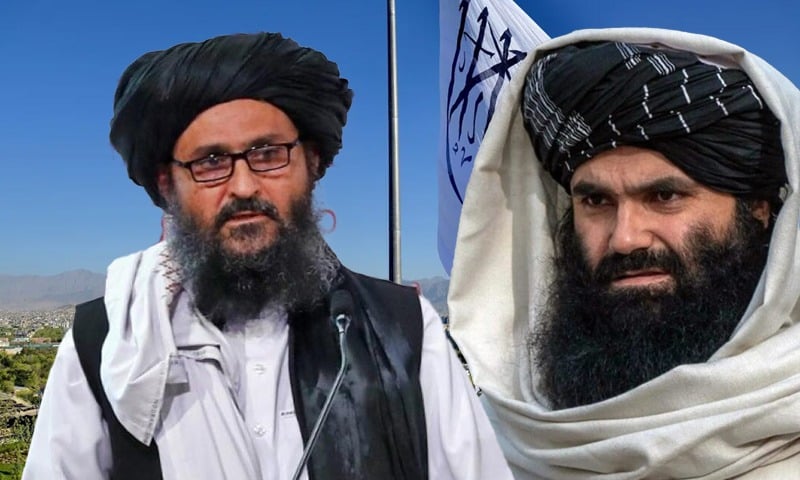For years now, we’ve been sounding the alarm about the silent militarisation or armament of terrorist organisations operating within Pakistan’s borders, particularly the banned Tehreek-e-Taliban Pakistan (TTP). What many once dismissed as propaganda or fear-mongering has now materialised on our soil: the banned TTP operatives equipped with drones, American-grade weapons, night-vision optics, and advanced guerrilla tactics. This is not just an evolution of warfare, it is the outcome of a neglected reality and a result of deliberate external support, notably from Indian intelligence, and a crumbling internal security response.
Let’s be clear: the surge in TTP’s weapons capabilities didn’t emerge from nowhere. The fall of Kabul in August 2021, with the Taliban’s takeover, was a turning point. With the chaotic withdrawal of US and NATO forces, enormous caches of weapons, from sniper rifles to surveillance drones, were left behind. The Taliban didn’t just inherit a government; they inherited a vast modern arsenal. And as expected, much of it filtered into the hands of allied terrorist factions, including the banned TTP and the Hafiz Gul Bahadur group.
This transfer wasn’t accidental. It was part of a “war package” deal, the same groups that fought shoulder-to-shoulder in Afghanistan after 9/11 are now reaping the rewards. Intelligence sources have confirmed the flow of these weapons into Pakistani territory, specifically targeting conflict zones like North and South Waziristan, and the insurgency-prone areas of Balochistan.
It was in these very areas that we witnessed the first deployment of drone-based attacks, not by the state, but by terrorists. These weren’t surveillance operations. These were targeted strikes, some even aimed at schools and civilian gatherings, spreading terror and confusion.
It would be naive to ignore the Indian hand behind this escalation. RAW’s involvement is not speculative, multiple intelligence reports have linked India to the supply of drone technology and explosives to Baloch and TTP insurgents. These transfers are often facilitated via Iranian territory, through unofficial and hard-to-track channels.
India knows it cannot engage Pakistan in a conventional war. What we’re seeing now is a proxy war by other means. RAW is investing in destabilisation, not through battalions, but through bandwidths, money trails, and hardware deliveries. TTP, in turn, has made their position unapologetically clear. Their leader, Noor Wali Mehsud, stated publicly that they’re willing to accept funding, arms, and support from any anti-Pakistan actor, even those hostile to Islam itself. This is the moral depth of their cause.
While militants have rearmed and reorganised, the Khyber Pakhtunkhwa government remains sluggish, under-prepared, and dangerously apathetic. The police in merged districts, the front-lines in this new form of warfare, lack even basic necessities. A recent federal report revealed that 70% of KP police stations have no boundary walls, let alone modern vehicles or counter-drone equipment.
What’s worse is the bureaucratic paralysis. If funding is approved, it is not released. If released, it is not spent in time. And if spent, it often lacks strategy. How can we expect a constable in South Waziristan to take on a drone-equipped insurgent with a Kalashnikov? In some shocking instances, millions were allegedly paid by provincial authorities to Taliban factions to ensure security for state events, a disgraceful compromise that legitimises terrorist networks.
Even the highest officials, from the governor to the chief secretary, many of whom hail from DI Khan, the heart of the insurgency belt, cannot visit their hometowns without security convoys or going underground. If they cannot protect their own communities, what hope does the average citizen or police officer have?
The TTP isn’t just using drones to attack, they are using them to shape perception. After a drone strike on schoolchildren in North Waziristan, TTP affiliates spread propaganda through social media blaming the Pakistan Army. While it’s true the military uses drones for intelligence-based operations, these terrorist groups deliberately cause civilian casualties and then point fingers at the state to erode trust.
This two-front strategy, physical terror and digital deception, is working, especially when political actors themselves engage in reckless statements, such as calling for FIRs against Pakistan’s armed forces for drone use. This not only emboldens the terrorists but undermines the legitimacy of our security institutions.
Let’s not sugarcoat the situation: parts of Khyber Pakhtunkhwa, particularly the southern and newly merged tribal districts, are slipping out of state control. Daily attacks on security personnel, including the martyrdom of senior officers like Major Moez, are a testament to the gravity of the crisis.
The solution is neither simple nor immediate, but it begins with coordination. The Apex Committee, composed of the Corps Commander, Governor, Chief Minister, and senior civil and military leadership, remains the most effective platform to realign strategy. This committee must meet not just symbolically, but operationally, with action plans, resource allocation, and strict timelines.
Moreover, the federal government must urgently prioritise equipping KP police and security agencies with counter-drone systems, modern surveillance tech, and fortified infrastructure. It is also time to call out foreign actors openly at global forums and demand accountability from regional players facilitating these proxy wars.
We are not dealing with ragtag fighters hiding in caves anymore. We are up against a networked, funded, and technologically advanced insurgency, one that thrives on our institutional weakness and political disunity. This is not just a fight for territory, it’s a fight for narrative, control, and the soul of Pakistan.
The state must respond with clarity, cohesion, and total resolve. The security forces have done so before, and they must do so again, this time with better coordination and unwavering political backing. Terrorism, in any form, and from any source, must be eradicated, completely, permanently, and without compromise.





